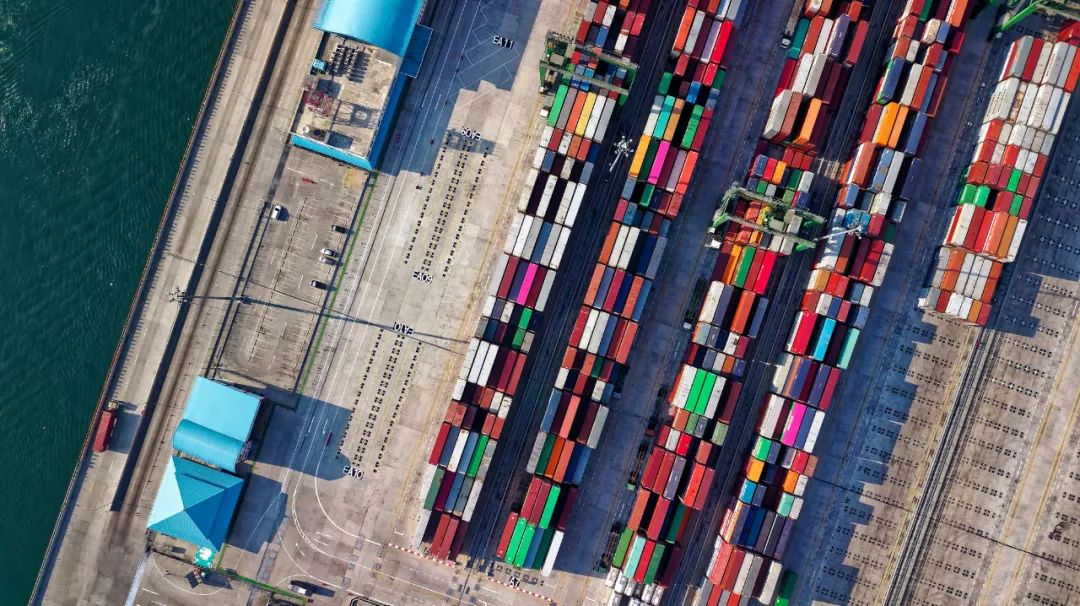It is reported that on September 14, Wan Hai Shipping held a legal person briefing. Xie Fulong, general manager of Wanhai, mentioned that the recent drop in freight rates has put pressure on airline operations, but there is no need to be too pessimistic. The fourth quarter is the traditional peak season for near-ocean routes, and it is expected that the cargo volume will increase; The oversupply of transportation capacity has been analyzed and forecasted.
Recently, the freight rate of various routes has continued to decline. Xie Fulong said that in the first half of the year, the global container ship freight rates fell sharply, mainly due to factors such as the conflict between Russia and Ukraine, the sharp rise in global inflation, and the epidemic control. Multiple factors suppressed demand, resulting in a backlog of terminal inventory. , the current shipping market is indeed relatively weak. In addition, most of Asia is a production-oriented country. Affected by the slowdown in demand in the end markets such as Europe and the United States, the freight rate dropped sharply in August.
However, the current freight rate is still higher than the level before the epidemic, and the fourth quarter is the traditional peak season for near-ocean routes. Based on the analysis of the current customer response, it is expected that the cargo volume will increase before the Lunar New Year, and a small peak season can be expected. Wanhai currently has a loading rate of about 90% for its near-ocean routes.
Xie Fulong also pointed out that with the decline in freight rates, there are indeed long-term customers who request to renegotiate contracts and reduce freight rates. Wanhai will carefully evaluate the market and give some short-term flexible adjustments.

In the face of weaker freight rates, Xie Fulong said that the decline in freight rates will put pressure on the operation of the routes, but there is no need to be too pessimistic, and the freight rates will stabilize after a certain level. As for when the decline will stop, three signals can be observed: whether demand has begun to increase, whether the inventory is digested, and whether there is a situation in which retailers are replenishing inventory after the freight rate has dropped.
Regarding the forecast of the oversupply of shipping capacity this year and next, Xie Fulong pointed out that with the sharp drop in freight rates, smaller ships will begin to withdraw from the North American market; coupled with the entry into force of environmental protection regulations next year, some old ships that do not meet the regulations may slow down sailing Or be eliminated and dismantled; according to current market statistics, ships over 20 years old account for about 10% of the total market capacity, which can also offset part of the new capacity.
In addition, despite the decline in freight rates, Wan Hai will expand capital expenditures to purchase its own ships, and is expected to spend about 111 billion Taiwan dollars (about 3.44 billion U.S. dollars) in 2022, 2023 and 2024 to strengthen its global competitiveness. Xie Fulong said that the purchase of new ships is to strengthen the company's competitiveness and expand the North American market, while focusing on the long-term goal of environmental protection and carbon reduction to meet future market needs.
Since the cost of owning ships is lower than chartering, Wanhai has increased the proportion of its own ships. The proportion of its own ships and its own containers has increased to 66% and 80% respectively. At present, the total fleet size has reached 156 ships, a total of 43 ships. Ten thousand TEU, including 103 self-owned ships and 53 leased ships. In addition, it is expected that from 2021 to 2024, Wanhai will add a total of 61 self-owned ships, with a total capacity of about 355,000 TEU.
Previous:The transatlantic route has replaced the transpacific route as the most profitable trade route
Next:Rents are down! In the container ship market, defaults begin to appear~